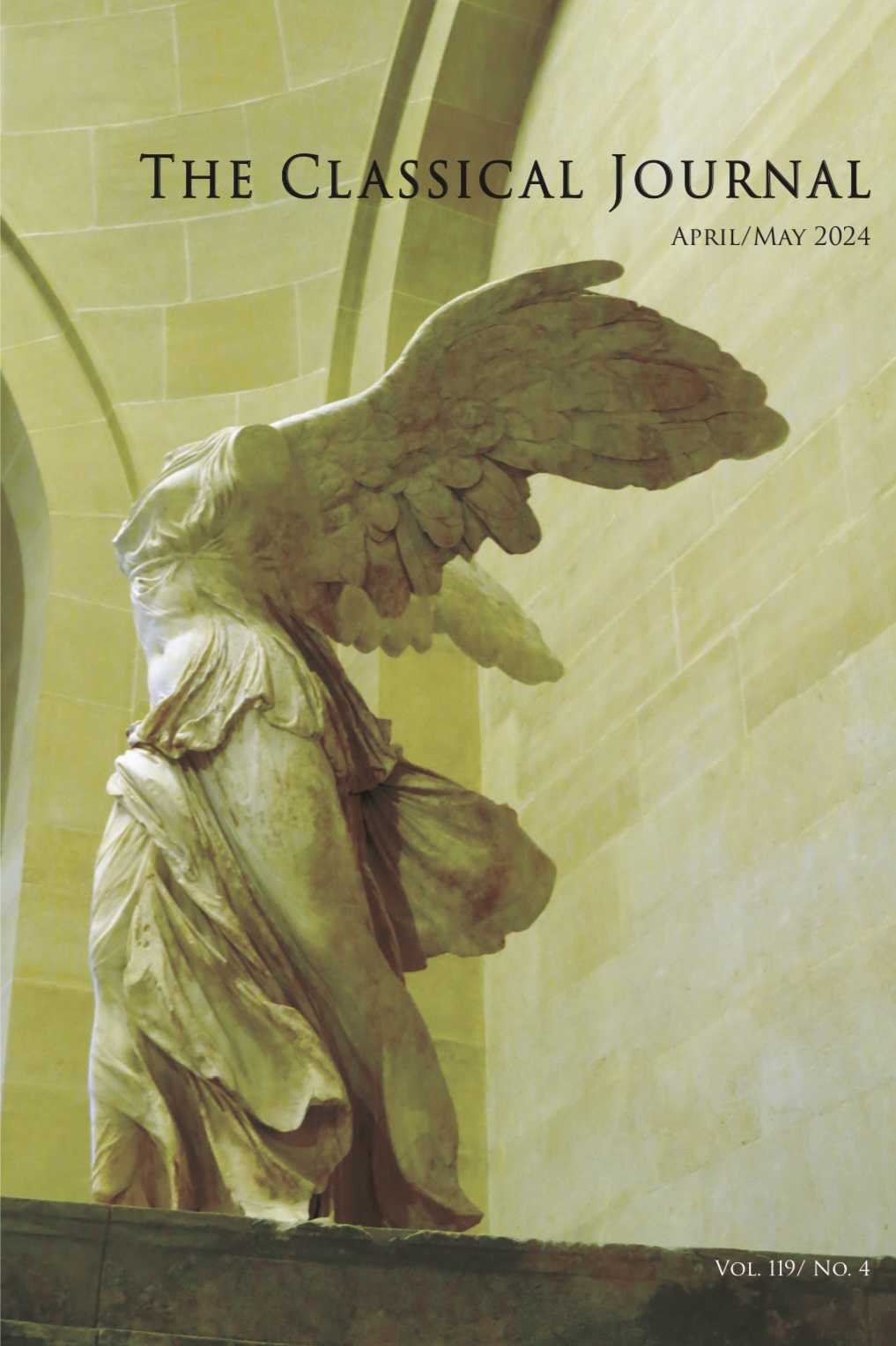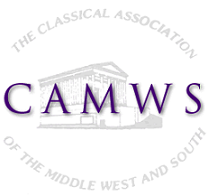The following articles are contained in CJ
108.4
Abstracts of Articles
STAGING ANDROMEDA IN ARISTOPHANES AND EURIPIDES
Aristophanes' parody of Euripides' Andromeda (Th. 1011-1100) allows for more recovery of the blocking of both the parody and original than has been recognized. Inlaw in the parody (Andromeda in the original) should be bound and immobile to one side of the performance space, while Echo, Euripides (as Perseus), and his helpers enter and exit from the opposite side, with the Scythian guard controlling the center.
WERE VERGIL'S HARPIES MENSTRUATING?
This paper argues that foedissima ventris /proluvies at Vergil, Aeneid 3.216-7 should be read not only in its usually accepted context of the hunger motif prevalent in Book 3 (and beyond) but also in the context of ancient attitudes toward menstruation. The unspecified nature of the discharge and its source as well as descriptions of the polluting effect of the Harpies' touch have parallels in descriptions of menstruation such as that found in Pliny the Elder (Nat. 7.64). Such a reading would also be in keeping with Vergil's tendency to "monsterize" female sexuality.
LIMINAL WOMEN IN FRONTO'S LETTERS
This paper seeks to contribute to the study of epistolography as well as to discussions of women in antiquity by examining the use of references to women in the correspondence of Fronto and Marcus Aurelius as epistolographic borders. The depictions of Domitia Lucilla (Marcus Aurelius' mother) and Cratia (Fronto's wife) construct an inner, homoeroticized space for Fronto and Marcus demarcated from the domestic sphere populated by the women. The letters, as a site of rhetorical presentation and interpersonal negotiation, provide Fronto and Marcus with the means to define their relationship.
Forum: UNDER THE PLANE TREE: HOW WOULD SOCRATES GRADE PAPERS?
A professor recounts his positive experience grading papers through one-on-one sessions in which students read their work aloud and discussed it with him. This candid report feature


